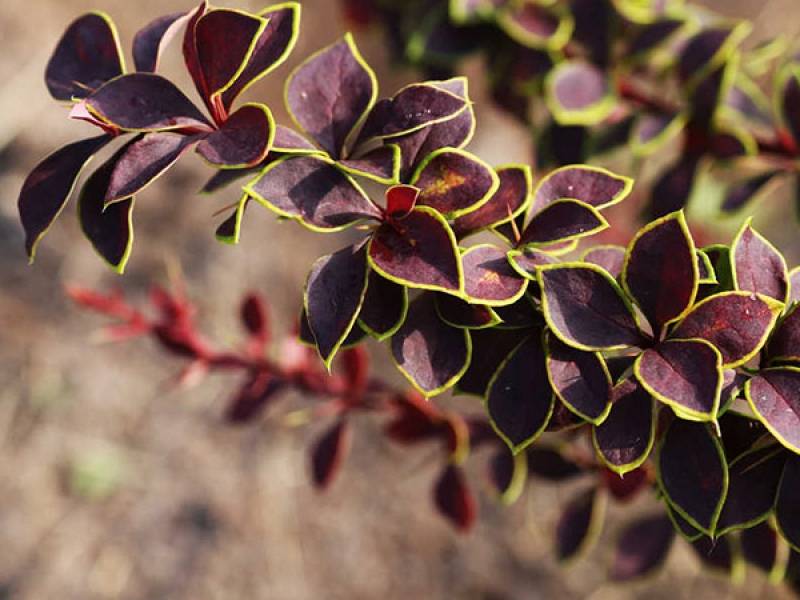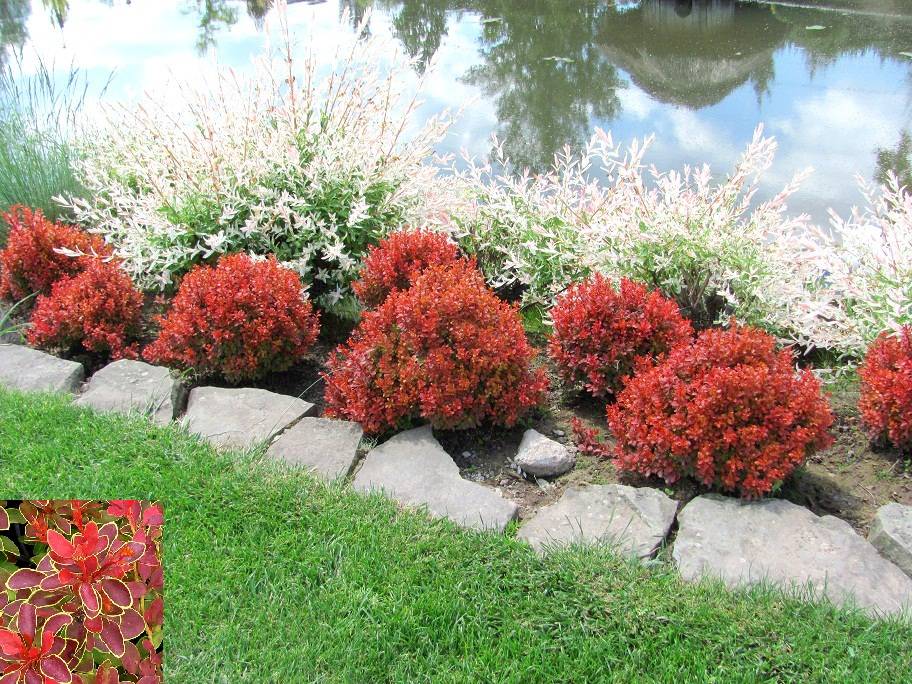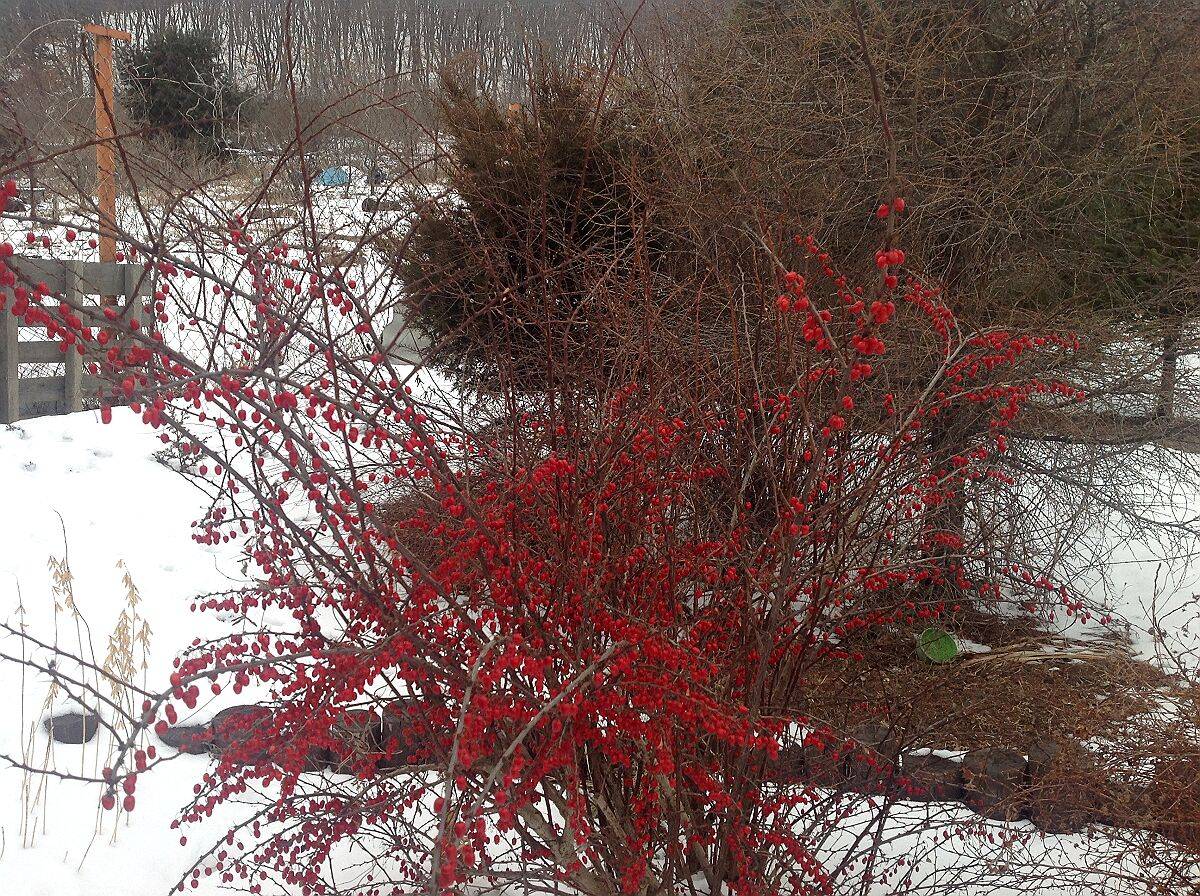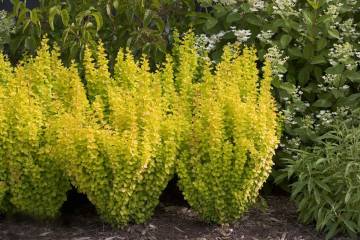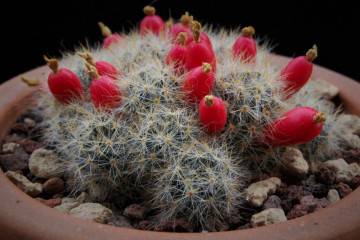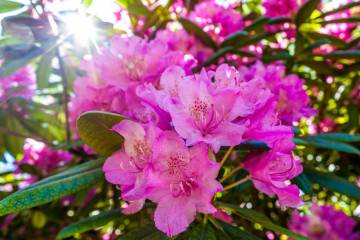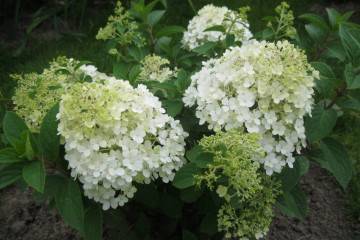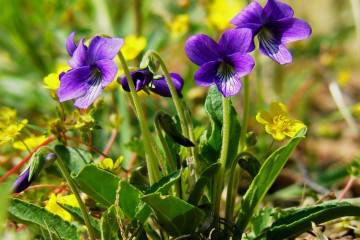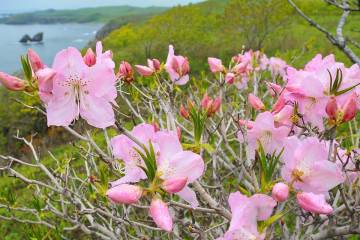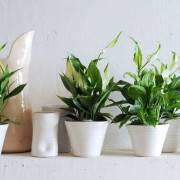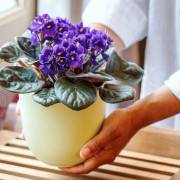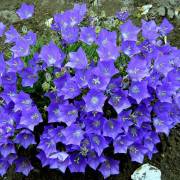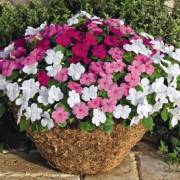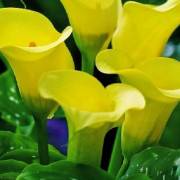Barberry Coronita - description and cultivation
Content:
Any variety of barberry has an attractive appearance. Thanks to this plant, you can decorate your site. More than others, the Thunberg Koronita barberry is suitable for these purposes. The shrub is distinguished by unpretentious care, and therefore does not cause much trouble to the gardener.
Description and features of the plant
Berberis thunbergii Coronita is a dwarf shrub with a spreading crown. The plant has arched branches, cushion-shaped. The height of the bush does not exceed 1 m, the width of the crown can reach 1.5 m.
Coronite stands out for its original appearance: in the fall, the leaves change from green to purple. Even the large pink thorns are attractive.
Flowering begins in late spring, and in the fall poisonous berries ripen on the bush. Their consumption can result in a serious disorder of the digestive system, cause poisoning.
Advantages and disadvantages
Barberry Coronita has a number of advantages over other plant varieties. Among them are:
- color change throughout the season;
- unpretentiousness;
- beautiful view;
- the ability to use in landscape design;
- the ability to trim and trim to give the desired shape.
At the same time, an insignificant minus of the plant is put in contrast - its fruits cannot be used for food. If you know this fact and warn relatives and friends against such actions, you can use barberry to decorate your site.
Planting a plant
When planting, it is worth considering certain agrotechnical rules: Coronita barberry can grow both in sunny areas and in shaded areas. However, you should not choose a place that is not covered around the clock.
The soil should be well fertilized and fresh. It should be borne in mind that the roots of barberry have a surface structure, and therefore weeding, loosening and feeding should be done carefully.
Planting from seeds
In all descriptions of the Koronit barberry it is said that it is better to use cuttings as a seed, since they are more likely to take root. Of all planted seeds, usually about 17% emerge. However, for many gardeners, the only option is to use the seed planting method.
It is recommended to sow the prepared material in the fall and directly into the ground. If planting occurs in the spring, it is recommended to mix the seeds with sand and put them in a cool place for 5-7 days before planting.
Planting seedlings in open ground
Regardless of whether cuttings or seeds are used for planting, it is worth carefully preparing the substrate for the barberry. It is necessary to mix deciduous soil, humus, sand and peat in a ratio of 1: 1: 0.5: 1. It is recommended to root the cuttings in a greenhouse, and then plant them in the ground.Seeds must be immediately planted in the soil, freeing it from weeds in advance.
How to care for barberry Koronita
Barberry is not a plant that needs tireless care. However, you should not forget about him at all - he still needs watering, and pruning gives him a well-groomed look. Coronite makes quite high demands on the soil in which it grows.
Watering
If it rains constantly, the bushes do not need additional watering. However, the hot summer forces the gardener to water the plants several times a month.
Do not be too zealous - once a week will be enough, but you need to pay attention to the moisture content of the soil.
Top dressing
The full growth of barberry largely depends on fertilizers and the timely supply of oxygen to the root system. It is important to weed the plant regularly, but this must be done carefully, since the roots are close enough to the ground.
It is worth removing weeds when they appear. To make this action less necessary, you can make a layer of dry leaves and sawdust in the garden around the shrub.
Pruning
If the plant is more than 2 years old, it is worth pruning a couple of times a year.
It is necessary to cut off weak, undeveloped shoots. At the beginning of the season, this allows the plant to be strengthened, the leaves become brighter and the crown is denser. Wintering also affects them negatively - they weaken and die, and therefore it is worth removing them immediately so that the plant does not waste energy on them.
Reproduction methods
Coronite reproduces in the following ways:
- cuttings;
- dealerships;
- seeds;
- layering.
Every spring, you can see new shoots near the bush. To increase the number of plants in your area, you can dig up the mother plant and use a sharp shovel to divide the bush into several parts so that each division has at least 4 shoots.
Reproduction by layering is in a sense simpler:
- Choose healthy extreme shoots, dig them in so that the tops remain above the ground.
- Fasten the branches in this position with brackets.
- After the appearance of the first shoots (they usually peep out after 15-25 days), it is worth loosing the soil and watering it once a week.
- In the fall or spring, transplant to a new place, separating it from the mother plant.
For cuttings, it is worth using either green shoots or semi-lignified branches. Cuttings are required to be harvested in 15 cm fragments, cut at an angle of 45 degrees.
Cuttings should be planted in a substrate made of peat and sand, placed in a greenhouse, and planted in the ground a month later.
Diseases and pests
Diseases and pests can spoil the beauty of a plant. It is recommended to know the preventive measures to prevent their occurrence.
Pests
If the leaves of the plant begin to curl and then dry out, then it is infected with barberry aphid. The prevention of infection is spring treatment with tobacco or soap solution. For a bucket of clean water, you should take a bar of laundry soap or 0.5 kg of tobacco.
The flower moth loves barberry fruits, and therefore attacks them. To prevent these insects from appearing on the bush, it is worth treating it with Decis or chlorophos solution.
Diseases
Fungal wilting is characterized by the gradual death of the bush - first one side is affected, and then the other. You can stop the infection by pruning dead branches and treating with antifungal solutions.
A light bloom on fruits, shoots, leaves indicates the appearance of powdery mildew. Treatment is carried out by treating plants with colloidal sulfur, a decoction of lime with sulfur. The period is a couple of weeks. It is recommended to burn infected shoots.
Preparing for winter
Coronite can withstand temperatures as low as -30 degrees.
However, even in this case, annual shoots can be damaged. Therefore, it is worth mulching and hilling bushes to a height of 12 cm, starting from the root collar. In winter, it is worth adding more snow to insulate the plant. In the spring, when the snow melts, it is worth removing the excess soil.
Use in landscape design
The main field of use of the plant is landscape design. This variety can beautify any area. At the same time, it is used in a large number of ideas - to create hedges, borders, compositions and rock gardens.
Healing properties
Barberry root can be used for both medical and cosmetic purposes. It helps with various diseases affecting the respiratory tract, lungs, accelerates metabolism, improves blood composition.
It is recommended to use it for the treatment of pathologies caused by diabetes mellitus, gynecological diseases, pancreatitis, liver diseases.
Planting and caring for the Koronita barberry is quite labor-intensive, and therefore even a novice gardener can cope with them. Shrubs will adorn any garden, delighting with their appearance almost all year round.
